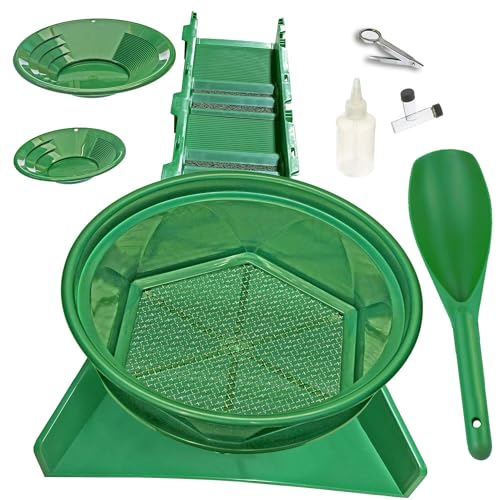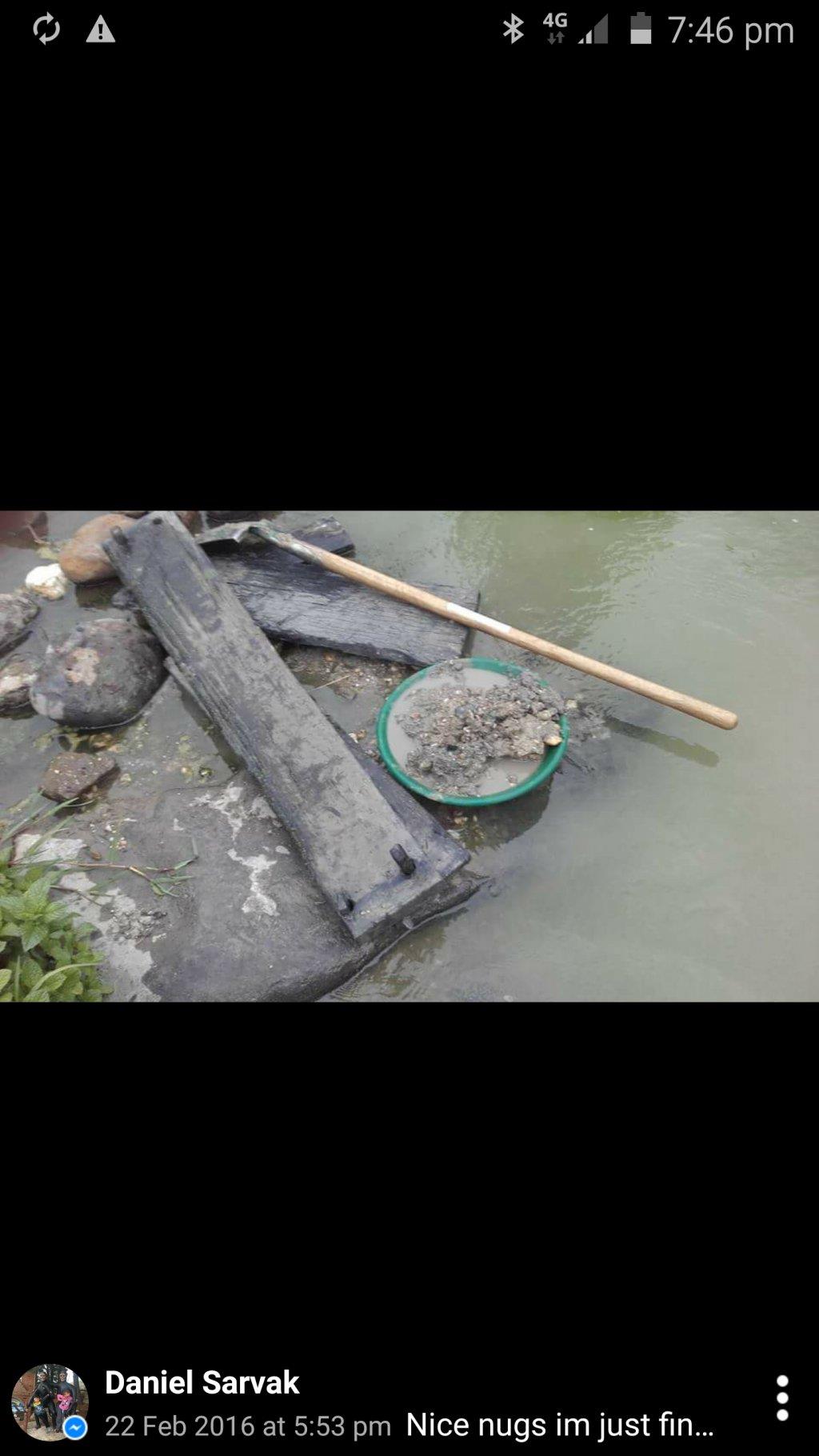Hi, Ive been digging some small shafts no deeper than 2 meters n half around some alluvial grounds.
( Before anyone complains, they all get filled in and only the layer of interest is removed )
Some of them have been in sandy ground which gives the walls of the hole a very daunting slip eventually going to happen at some point or even just at times ive been unsure if a wall will hold.
Ive been looking for any information on collars, diggin mine shafts, boarding shafts or tunnels and timbered designs with not much luck.
If anyone has info mostly on sinking shafts / making a collar and using support boards, beams and walls, it would be very useful. Text, photos or diagrams / drawings are very useful, anything related to sinking a shaft from the surface.
( Digging shafts, tunnels or entering abandoned shafts and tunnels is not recommended and is a very unsafe practice that only the experienced should attempt, if they feel thier life isnt already at enough risk.. )
I see no point digging deeper as for dangers, but in case I hit a pit or shelf in the bedrock, I may need to go two or three meters further and needing wooden or metal supports.
Theres also a bit of argument as to what shape holes to dig, square, rectangle, capsule or circle. I prefur the capsule and then extending to a square if something of interest is hit.
( Before anyone complains, they all get filled in and only the layer of interest is removed )
Some of them have been in sandy ground which gives the walls of the hole a very daunting slip eventually going to happen at some point or even just at times ive been unsure if a wall will hold.
Ive been looking for any information on collars, diggin mine shafts, boarding shafts or tunnels and timbered designs with not much luck.
If anyone has info mostly on sinking shafts / making a collar and using support boards, beams and walls, it would be very useful. Text, photos or diagrams / drawings are very useful, anything related to sinking a shaft from the surface.
( Digging shafts, tunnels or entering abandoned shafts and tunnels is not recommended and is a very unsafe practice that only the experienced should attempt, if they feel thier life isnt already at enough risk.. )
I see no point digging deeper as for dangers, but in case I hit a pit or shelf in the bedrock, I may need to go two or three meters further and needing wooden or metal supports.
Theres also a bit of argument as to what shape holes to dig, square, rectangle, capsule or circle. I prefur the capsule and then extending to a square if something of interest is hit.
















































